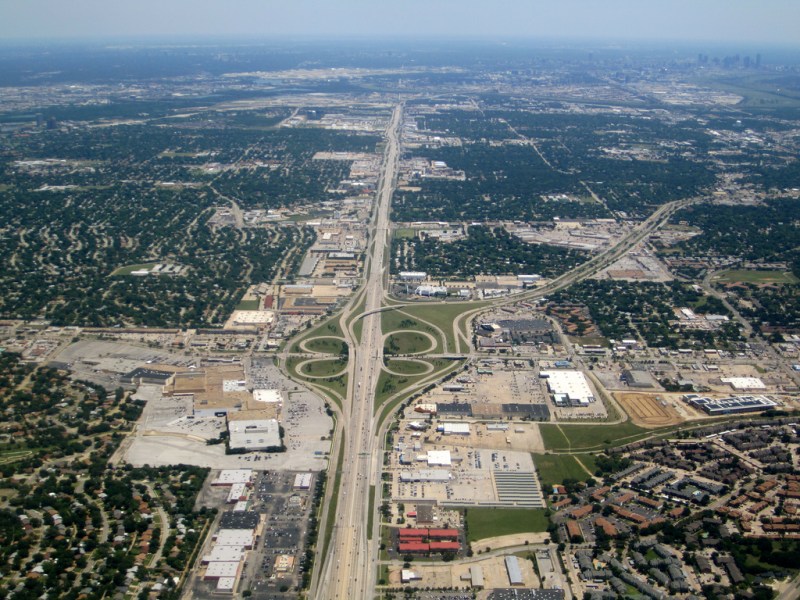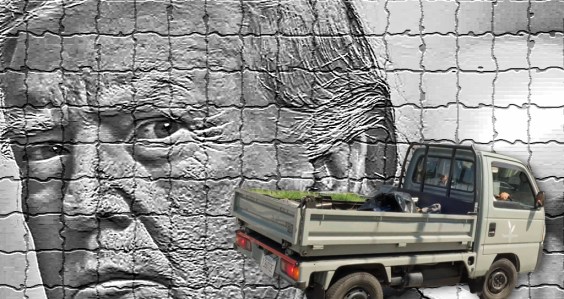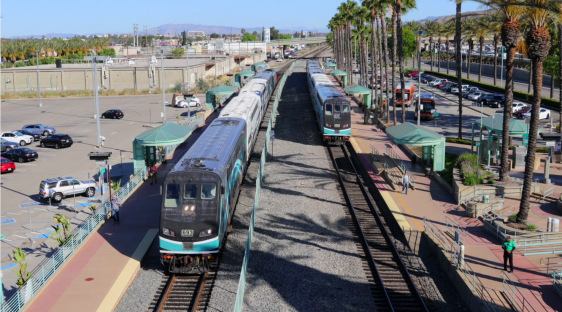Among developed nations, the United States ranks near the bottom for traffic safety. And it's not getting better, as the number of annual traffic deaths climbs above the 40,000 mark. To reverse this trend, the AAA Foundation for Road Safety this week released a report that prioritizes six road design changes it says would do the most to reduce the death toll. There's just one problem: AAA's report doesn't consider the idea that, to save lives, we should be driving less.
There are two commonly used measuring sticks to assess traffic safety. One is tracking how many people are killed per mile driven, which frames safety efforts in terms of make driving safer. The U.S. has improved a lot on this front over time, according to OECD statistics cited by AAA, but at 1.14 deaths per 100 million miles driven, it still has a middling record -- better than South Korea and the Czech Republic, which clock in above 2.0, but far worse than Sweden, which has just 0.52 deaths per 100 million miles driven.
The other metric is how many people are killed per capita, which tends to lead to solutions that reduce exposure to driving and encourage walking, bicycling, and transit. It's here that the U.S. really fails: America's fatality rate of 10.6 deaths per 100,000 people is far behind other developed nations and disastrously worse than world leaders like Sweden and the United Kingdom, where fewer than three of every 100,000 people die on the road.
The problem in the U.S., then, isn't that driving itself is far more dangerous than in other countries, though there's still room to improve on that front. It's that Americans spend far too much time behind the wheel.
And yet, AAA's six key recommendations have almost nothing to say about reducing the amount of driving:
- Convert key intersections into roundabouts
- Install roadside barriers and clear roadside objects
- Add sidewalks and signalized pedestrian crossings on majority of roads
- Install median barriers on divided highways
- Install shoulder and centerline rumble strips
- Pave and widen shoulders
Of these, only "add sidewalks and signalized pedestrian crossings" can remotely be construed as encouraging less driving. Some recommendations are certainly worthwhile, like more roundabouts, but others could actually make things worse. Depending on the context, recommendations like "clear roadside objects" and "install median barriers" can lead to highway-style designs that encourage speeding and make walking or bicycling all but impossible.
Perhaps it's too much to ask the American Automobile Association to advocate for anything that would reduce the amount of driving. But peer nations offer a model for the U.S. to emulate. Canada, Japan, Spain, Belgium, and New Zealand -- all urbanized countries like the U.S., some also with large rural areas -- are roughly equal to the U.S. when it comes to fatalities per mile driven, but have far lower fatality rates overall. That's in large part because they have different approaches to land use, transit, and road design that, taken together, reduce the need to take a car for every trip.
AAA's report is focused on highway infrastructure investments as a tool to reduce fatalities. But that's an old approach that forces Americans behind the wheel far too often. The biggest problem facing U.S. traffic safety comes from our over-reliance on automobiles. Fixing that is the real challenge.






